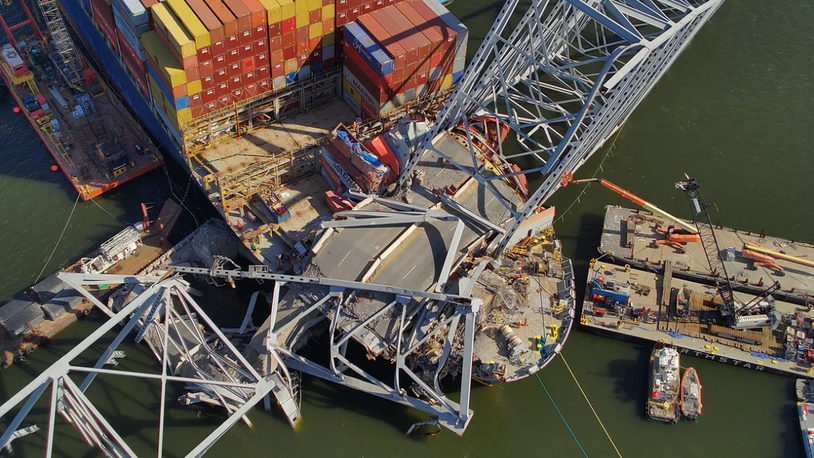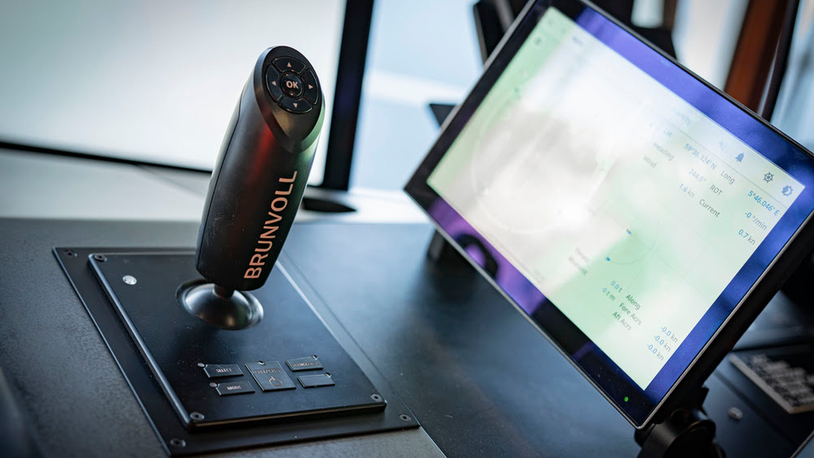Business Sectors
Events
Contents
Launched satellite enhances European maritime navigation
A major satellite launched this month from Russia will improve the geographic positioning of ships and reduce the consequences from GPS jamming
Europe’s Global Navigation Satellite Services (GNSS) will be enhanced after the successful launch of a Eutelsat satellite from Russia.
Eutelsat-5 West B satellite hosts a payload from the European GNSS Agency (GSA) to improve ship positioning, which is used for electronic navigation and other bridge systems, around Europe.
This Northrop Grumman-manufactured satellite, also known as GEO-3, is in a geostationary orbit and will augment existing vessel positioning services.
It is part of the European Geostationary Navigation Overlay System (EGNOS) that hones the accuracy of satellite navigation signals over Europe for maritime and other sectors.
GEO-3 was designed to augment GNSS signals from other services, such as GPS, Glonass and Galileo.
This will mitigate the potential for errors and provide redundancy in ship positioning, navigation services and dynamic positioning. It will deliver an addition to GPS, which is vulnerable to jamming and spoofing as encountered in the Eastern Mediterranean, Black Sea and Middle East in recent years.
GEO-3 is one of the next-generation GNSS payloads and supports EGNOS’ path to introducing more services on multiple constellations of satellites.
EGNOS operational messages are broadcast via navigation payloads on board two existing geostationary satellites, including an Inmarsat-3F2 satellite.
GEO-3 services replenish the EGNOS satellite-based augmentation system payloads, guaranteeing EGNOS availability and supporting the transition to the dual-frequency multi-constellation-capable EGNOS V3. This will augment both GPS and Galileo in the L1 and L5 bands.
- The rise of cyber threats and GPS-jamming on OSVs
- Stena Impero GPS spoofing attack shows shipping is ’driving with eyes closed’
- IMO urged to act on GNSS jamming
EGNOS services programme manager Jean-Marc Piéplu said GEO-3 will be the first test of EGNOS V3. "This new EGNOS payload will be key in developing and testing EGNOS V3," he said. "This launch is our first decisive step in the implementation of the EGNOS space segment roadmap as defined by the GSA.
"Together with the next GEO-4 payload, which is under procurement, it will allow the programme to ensure a smooth transition to EGNOS V3 operations," said Mr Piéplu.
As part of the arrangement between the satellite operator and European agency, Eutelsat will also develop two redundant radio-frequency ground stations to uplink EGNOS messages to the payload.
Eutelsat will also host EGNOS’ Navigation Land Earth Stations in Rambouillet, France, and Cagliari, Italy which will be co-located and connected to the ground stations.
Eutelsat-5 West B was launched on a Proton rocket from Russia’s Baikonur Cosmodrome in Kazakhstan this month. It was accompanied by Mission Extension Vehicle-1 for Northrop Grumman subsidiary SpaceLogistics. This craft was designed to service satellites to prolong their life.
Eutelsat-5 West B replaces the 17-year-old Eutelsat-5 West A satellite. This satellite will provide Ku-band VSAT across most of Europe and in northern seas up to Iceland and the Arctic. Plus it will provide data and video services to passenger ships and yachts in the Mediterranean.
Video introducing Eutelsat-5 West B
Ship navigation and optimisation will be discussed at Riviera Maritime Media’s Optimised Ship Forum that will next meet in London on 11 December
Related to this Story
Events
Maritime Environmental Protection Webinar Week
Cyber & Vessel Security Webinar Week
The illusion of safety: what we're getting wrong about crews, tech, and fatigue
Responsible Ship Recycling Forum 2025
© 2024 Riviera Maritime Media Ltd.














